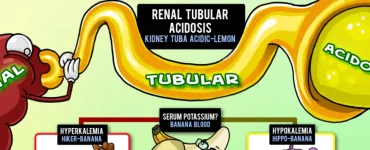In this article, we will explore shock management by unveiling the different types of shock, implementing life saving interventions and mastering the art of stabilizing patients. Whether you are a healthcare provider or a student wanting to learn more, the knowledge you gain here will prove invaluable.
Classification/Types of Shock
Distributive Shock
Distributive shock is characterized by widespread vasodilation, which causes a drop in systemic vascular resistance and low blood pressure. There are various subtypes of distributive shock including septic shock , anaphylactic shock and neurogenic shock.
Cardiogenic Shock
Cardiogenic shock is a result of heart failure or severe damage to the heart muscle, which impairs its ability to pump blood effectively. A heart attack is a common cause, as are other heart conditions such as cardiomyopathy or arrhythmias.
Hypovolemic Shock
This type of shock occurs when there is significant loss of blood or fluids from the body. Common causes include severe bleeding from injuries, surgeries or conditions like dehydration. Hypovolemic shock leads to decreased blood volume, a drop in blood pressure and reduced perfusion of vital organs.
Obstructive Shock
Obstructive shock occurs when there is an obstruction to blood flow within the circulatory system. Common causes include pulmonary embolism (blockage in the pulmonary arteries), tension pneumothorax (build up of air in the chest), or cardiac tamponade (compression of the heart due to fluid accumulation around the heart).
Effective management of shock depends on the type and underlying cause. Early recognition, appropriate interventions and addressing the primary issue are essential for treating shock and preventing potential organ damage or failure.













